What Causes Athlete's Foot?
Tinea pedis, more popularly known as athlete's foot, is a fungal infection that causes intense itching and a skin rash. The rash often begins between the toes, forming red patches that may ooze clear, lymphatic fluid. It is also known as ringworm, which is actually a misnomer since it is a fungus and not a worm. The condition is classified by what part of the body it infects. Tinea capitis, (ringworm of the scalp), tinea cruris (jock itch), and tinea pedis, (athlete's foot). The fungus is contagious and can be spread from cats and dogs to humans. Get to know the major causes of athlete's foot now.
Damp Socks And Shoes
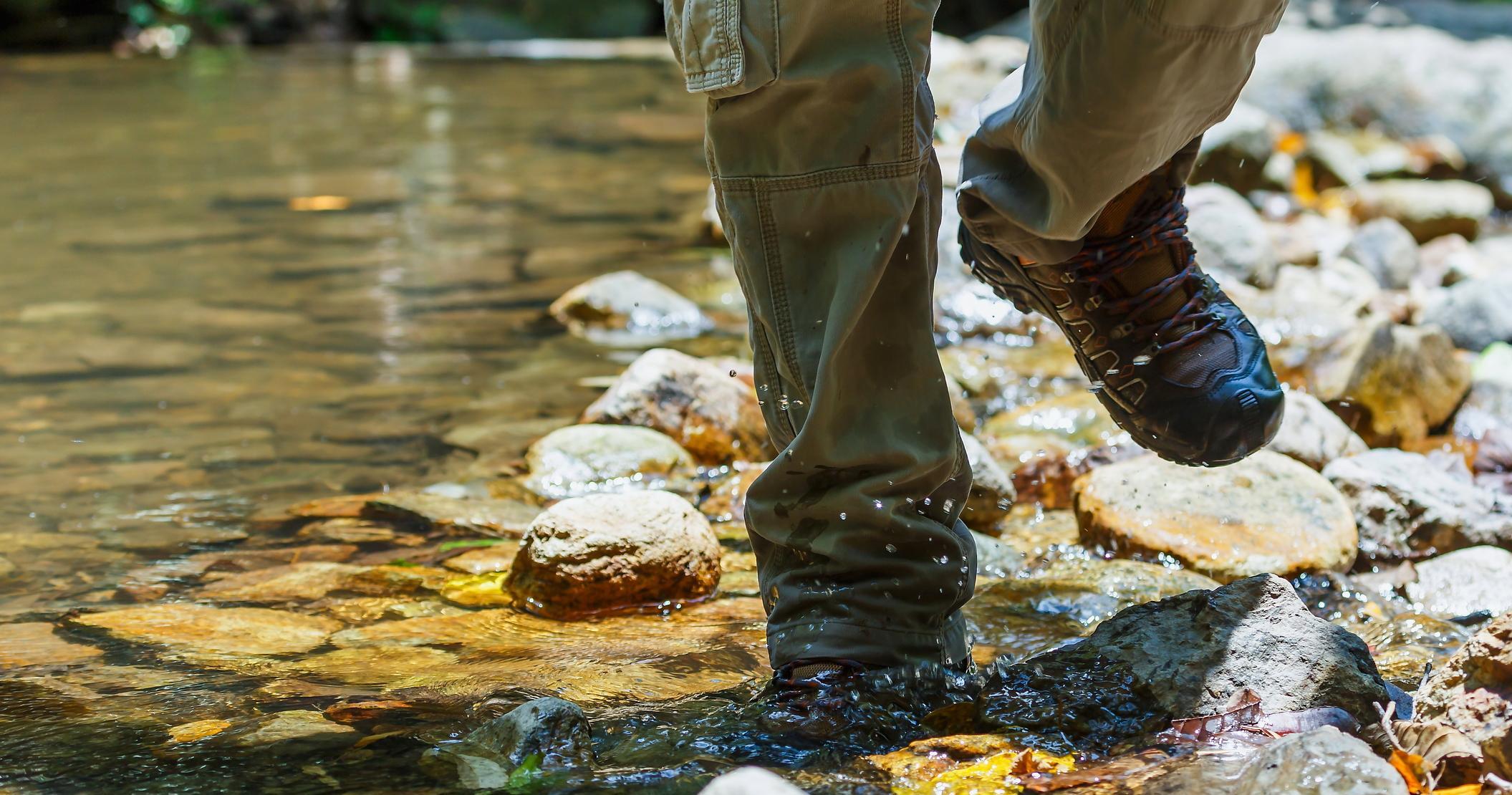
The fungus that causes athlete's foot grows rapidly in warm and moist environments, such as sweaty shoes and socks. Change shoes and socks when they become damp to inhibit the growth of tinea pedis. Feet should be washed and dried daily to reduce the chance of getting athlete's foot. Keeping the skin clean also reduces complications from secondary bacterial skin infections more serious than tinea. Cotton or wool socks are usually better at wicking the moisture away from the skin and keeping it dry. To prevent damp socks and shoes from leading to athlete's foot, clean thoroughly between the toes, often a stronghold for the fungus. Allow the feet to dry thoroughly before putting your socks and shoes back on. Socks should be washed along with linens and towels at temperatures over 140 degrees Fahrenheit. The shoes can be disinfected with spray or wipes.
Continue to reveal more ways in which athlete's foot can be caused.
Tight-Fitting Shoes
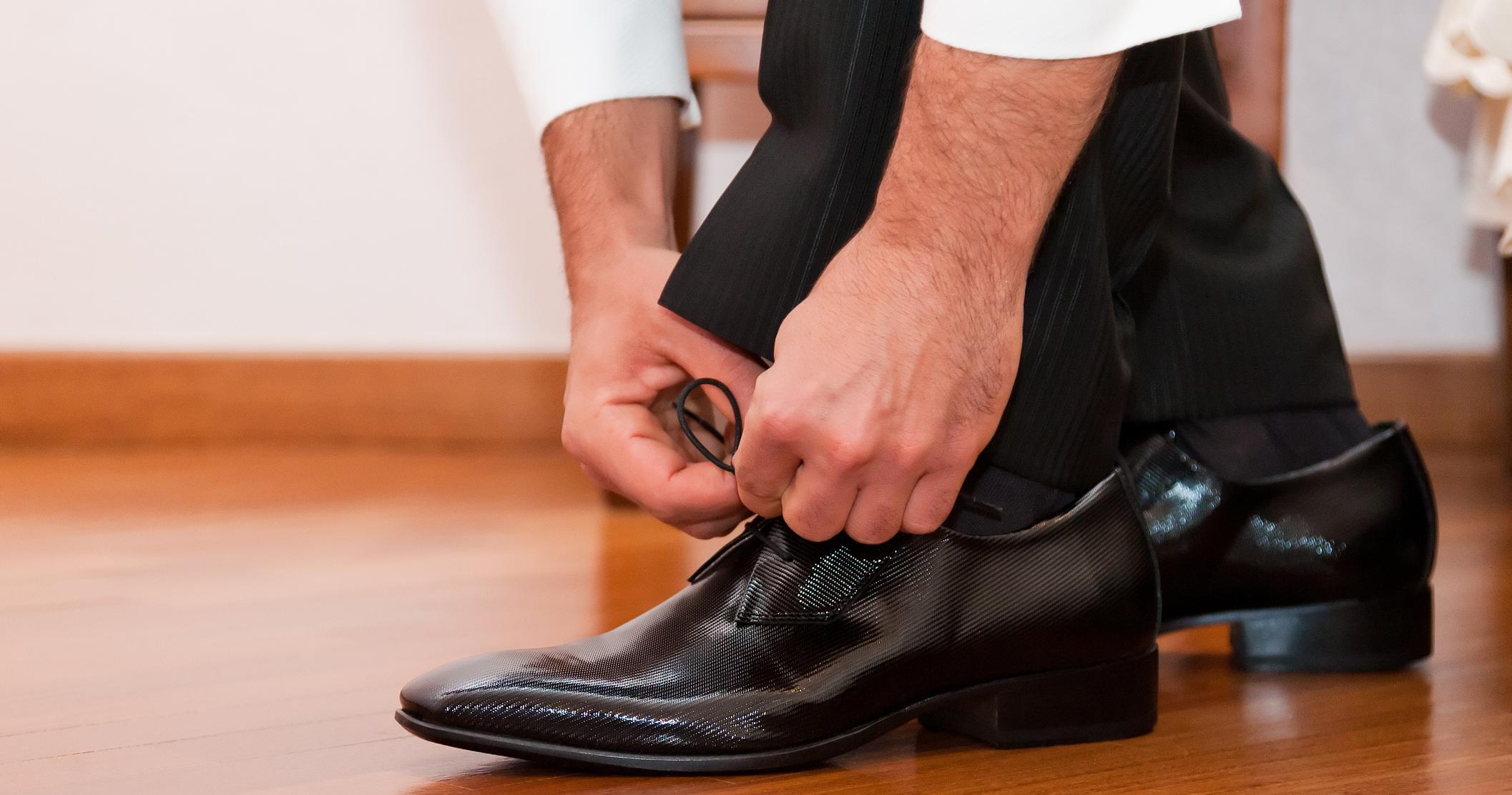
Tight shoes increase the risk of blisters, making potential complications from bacterial infections more likely. They also tend to exacerbate the problems of dampness and heat, encouraging rapid growth of the organism. The risk of secondary bacterial skin infections can be reduced by proper fitting footwear. Shoes should be made of a breathable material to encourage air exchange and lower humidity in the shoe. Avoid wearing tight-fitting shoes made of a high percentage of rubber or similar materials. If possible, use two pairs of shoes, alternating with a fresh pair every few days. For shoes such as running shoes, be sure and allow enough space for thick athletic socks to help absorb moisture from the feet.
Reveal the next significant cause of athlete's foot now.
Walking Barefoot In Public Locations
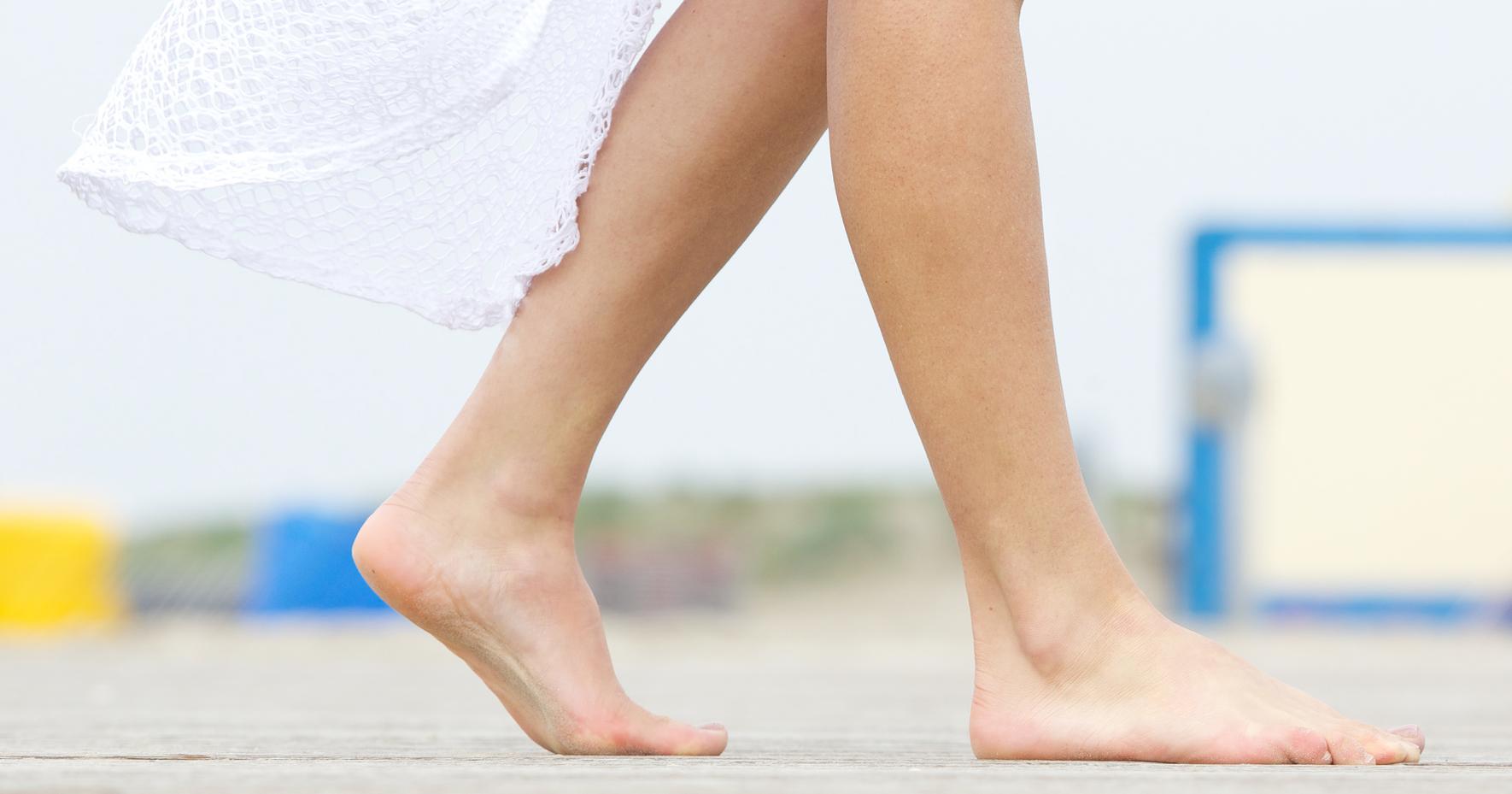
The tinea pedis fungus is very common, fifteen to twenty-five percent of the population may have the condition at any time. The fungus is also highly contagious and can be spread between humans and between humans and dogs. Although in many public establishments, floors are mopped and sterilized on a routine basis, fungi are hardy organisms, and some may survive. Infected individual's socks and dirty shoes may leave trace amounts of the organism as they seek relief from scratching. Walking barefoot can allow contact and infection in areas of heavy foot traffic. When walking barefoot in public locations, wash and dry your feet thoroughly to reduce the chances of contracting an infection. Good foot hygiene promptly after any possible exposure can not only decrease the number of fungi left on the skin but also kills bacteria that could complicate a potential infection.
Continue to reading to learn more causes of athlete's foot.
Contact With Contaminated Surfaces And People
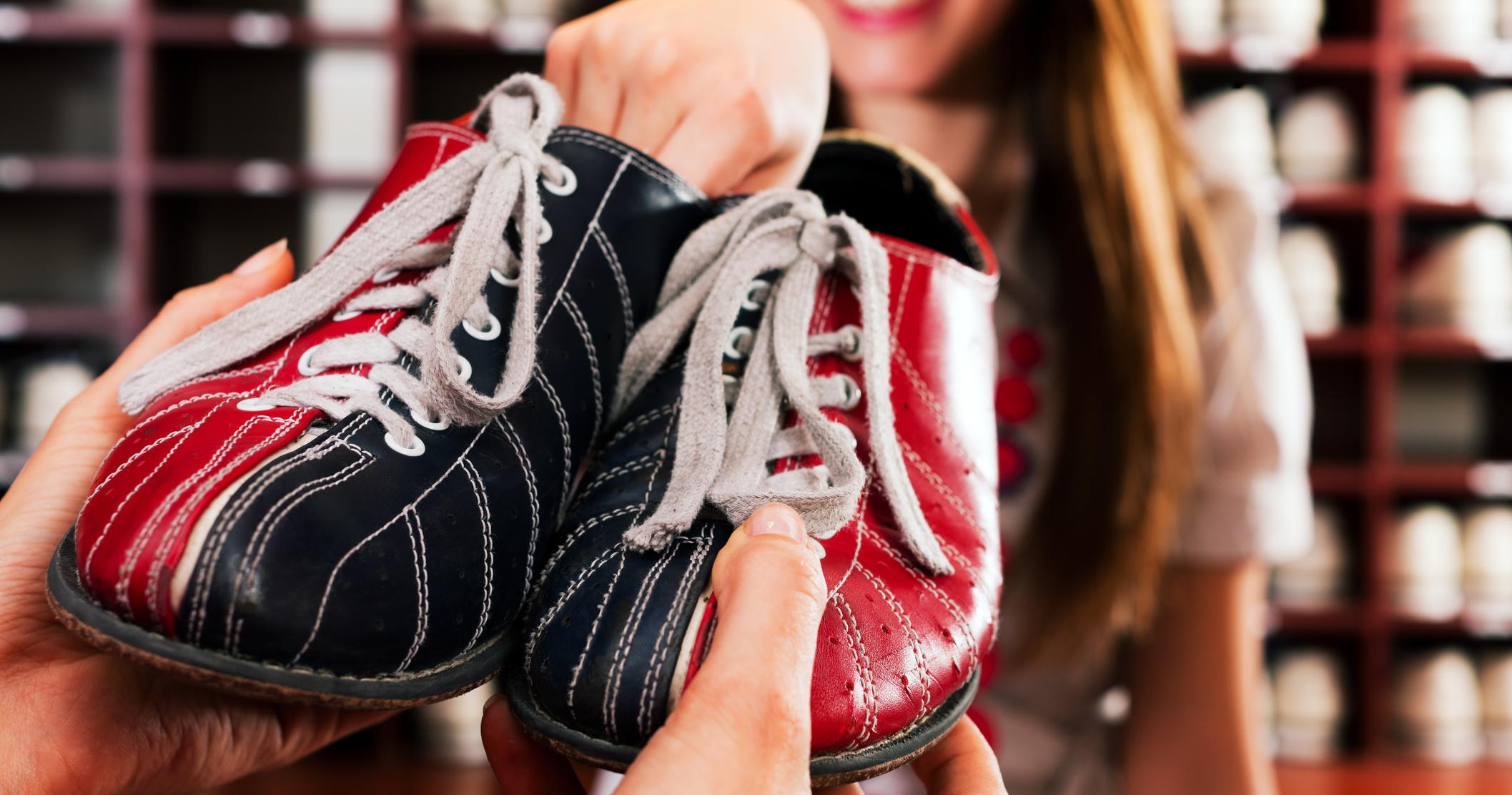
Athlete's foot is commonly transmitted by contact with contaminated surfaces and people. Pools, showers, and bathrooms are common breeding areas for the fungus due to the moist environment and numerous individuals using them. Improperly chlorinated public pool areas, as well as showers that have not been cleaned with bleach or a strong anti-microbial solution, can allow the spread of tinea to anyone in contact with the surfaces. Sharing personal items such as clothing and combs with an infected individual may spread the fungus. Combs and other personal items should be disinfected before sharing. To prevent spread among family members, bathroom floor and shower surfaces should be sterilized with a product containing bleach. Clothing and linens should be washed in hot water, above 140 degrees Fahrenheit. Cold water is ineffective at killing the fungus that causes athlete's foot. Never wear other people's shoes that have not been sterilized.
Learn more about what can cause athlete's foot now.
Sweaty Feet
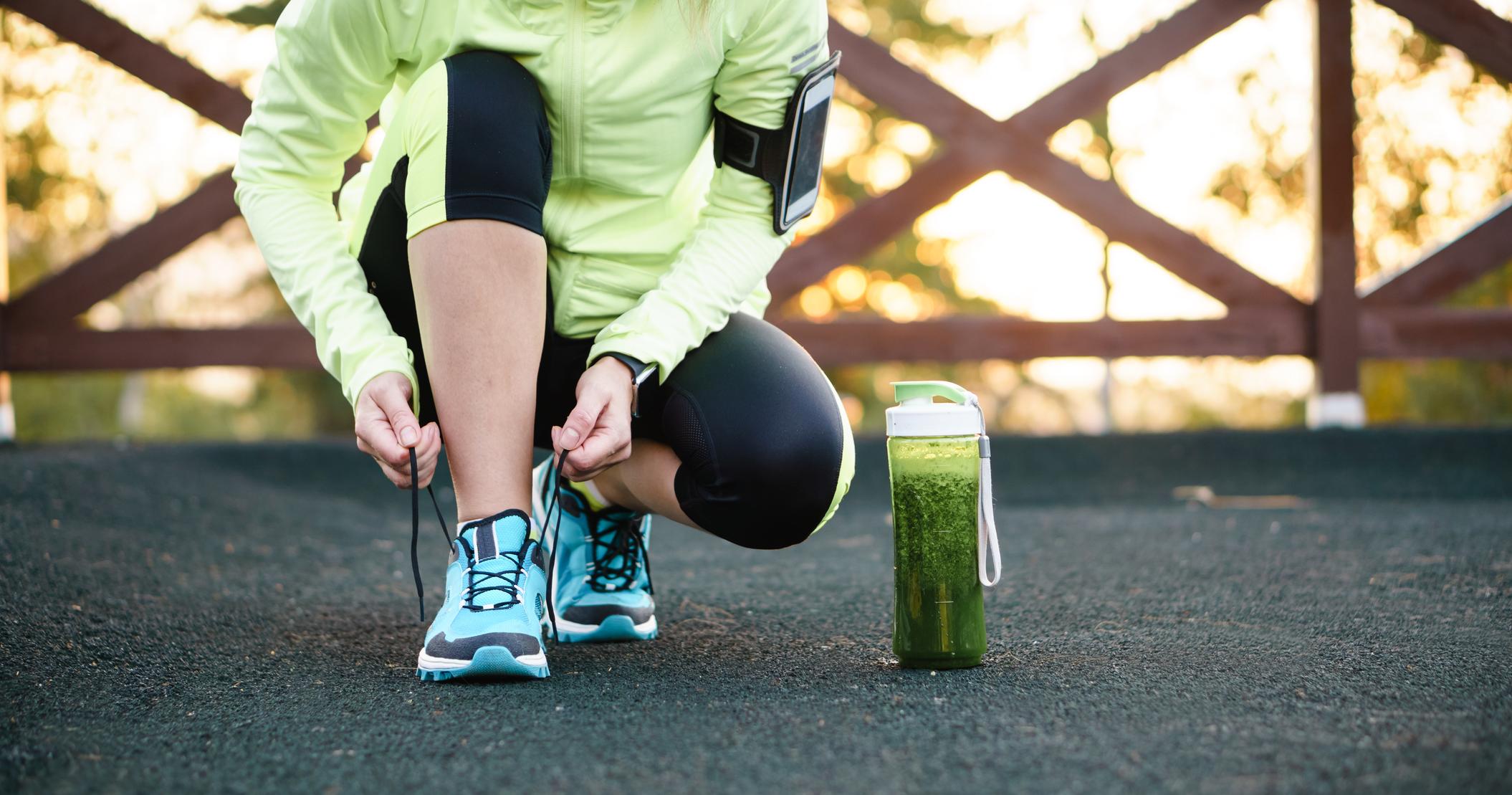
Some individuals may have a condition known as hyperhidrosis or excessive sweating, which may affect different regions of the body, including the soles of the feet and the interdigital spaces between toes. Studies have shown a three and a half fold increase in risk for patients with tinea pedis to have hyperhidrosis. This direct correlation illustrates the importance of excessive moisture in the fungal infection. The excessive moisture trapped between the sweaty feet and socks allows bacterial and fungal overgrowth. This warm and moist environment acts as a trigger for cell division of the fungus. Symptoms of itching, a spreading red rash, and scaly skin, appear rapidly as tinea continues to reproduce. Treatment for hyperhidrosis includes the use of antiperspirants (often at clinical strength) and laser treatments to destroy sweat glands.